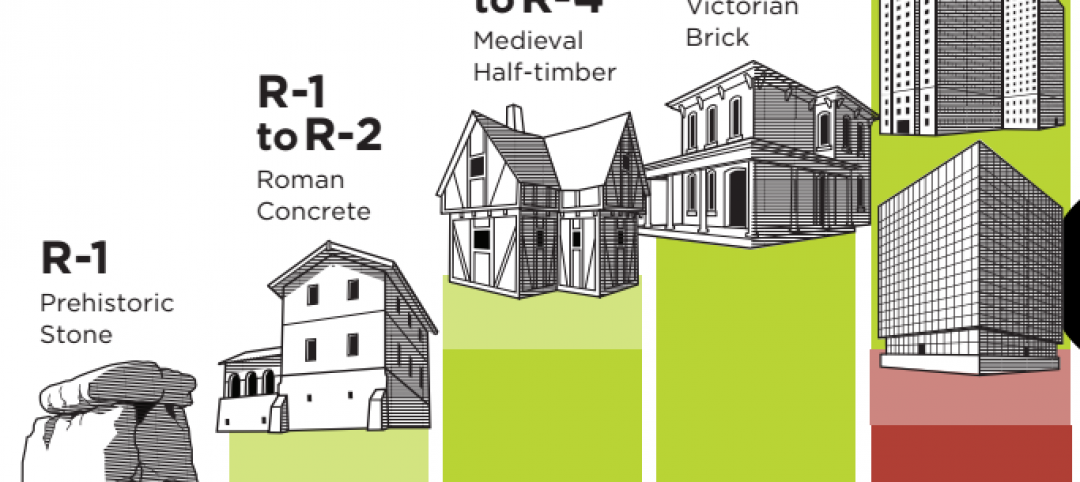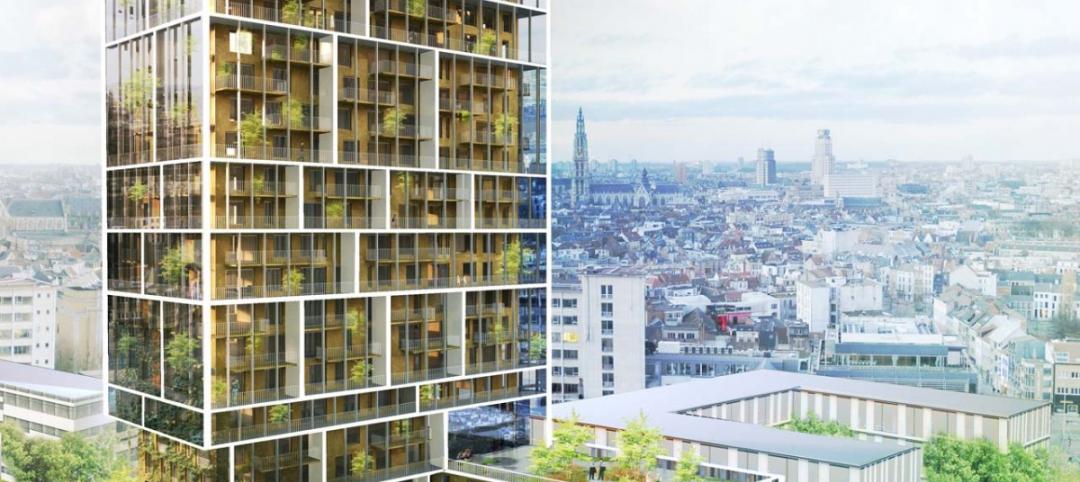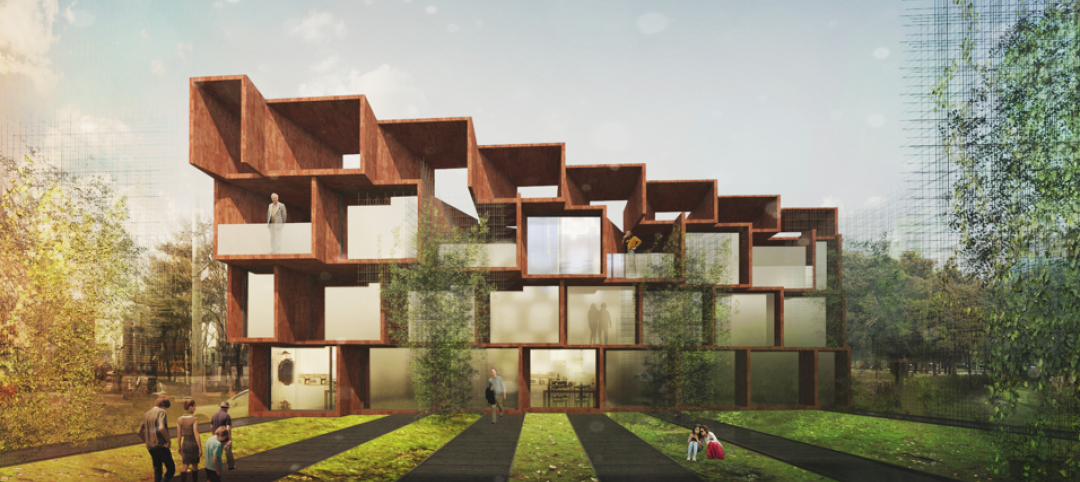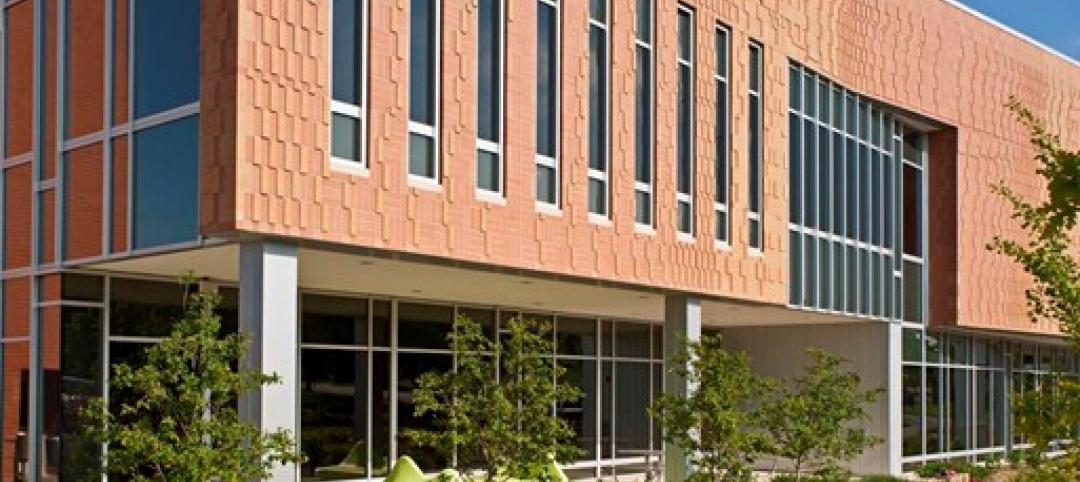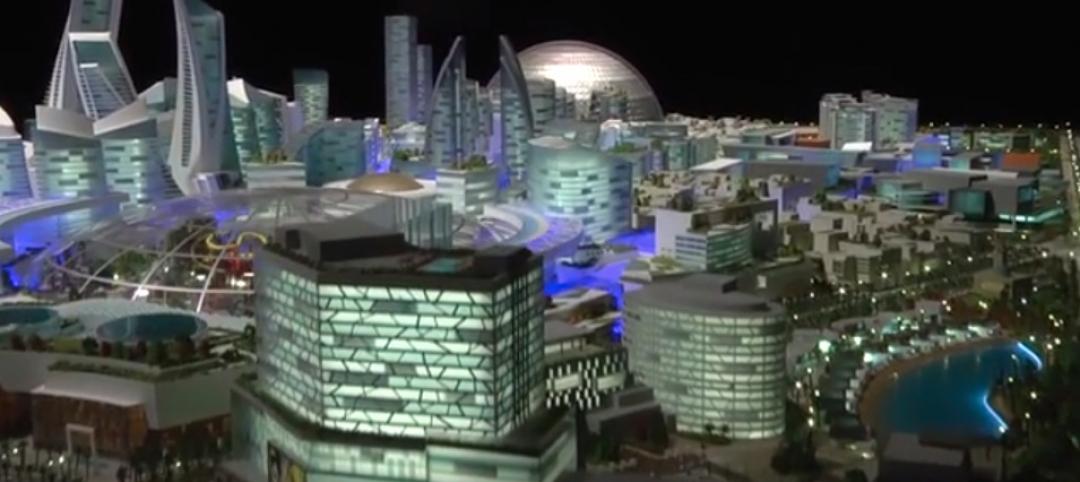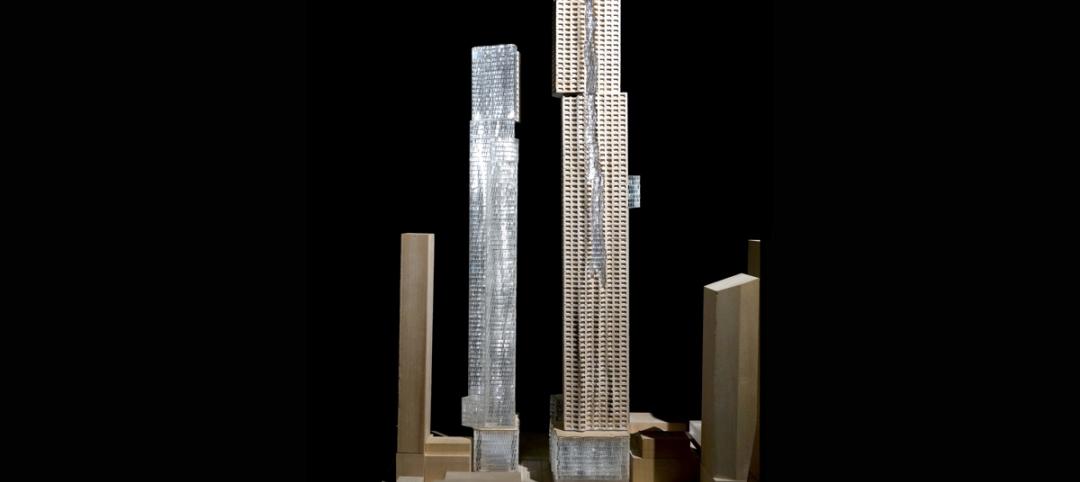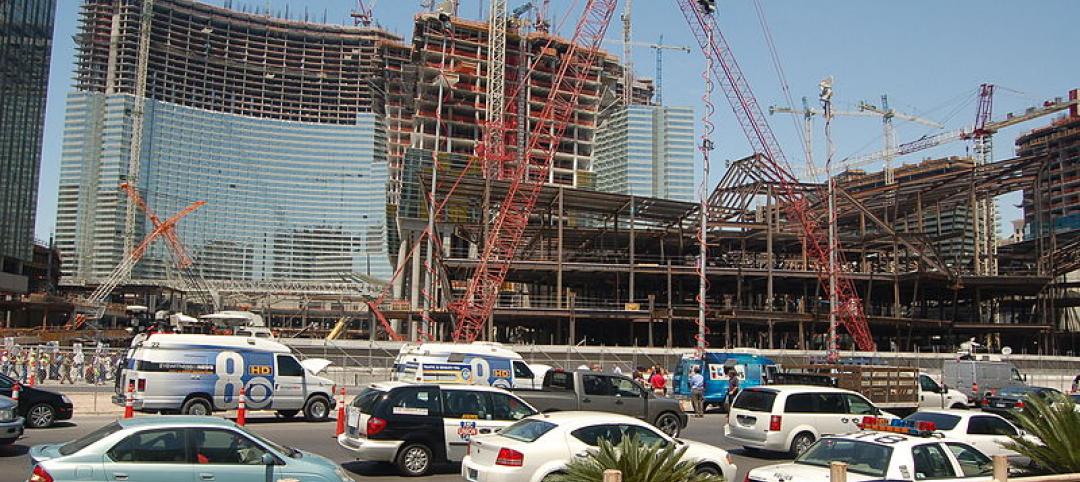McKinsey & Company, the international corporate consulting firm, has issued a new research study, “Modular construction: From projects to products.” Written by an international team, it discusses a wide range of building sectors, but its main focus is multifamily.
The authors claim that modular construction could claim $45 billion of the total $277 billion new-build multifamily market by 2030 in the U.S. and Europe at moderate penetration and save $6 billion a year in costs.
Assuming the U.S. represents at least half of the market (probably more like 60-70%), those would seem to be very attractive numbers for apartment, student housing, and senior living construction, where modular construction works best.
SEE ALSO: Almost everything you wanted to know about industrial construction
But I have some problems with the McKinsey findings. To start with, I wonder where they got the $277 billion figure for multifamily construction in the U.S. and Europe by 2030. That looks really high to me. It would be a godsend if the U.S. could be producing half of that, say, $130 billion or more of apartments and other forms of multifamily—we sure could use them. But with the U.S. producing at best $60-70 billion in multifamily construction, it’s hard to see a doubling of that rate of construction in the next decade.
The McKinsey numbers may also be weighted toward the rest of the world, less so toward the U.S. One of the charts I found most intriguing (page 22 of the report, if you’re keeping score) had to do with the current offsite share of housing by country, i.e., how much “factory-produced” housing construction is going on in various countries.
The global leader turns out to be the trifecta of Finland-Norway-Sweden, where 45% of housing construction is produced off site, followed by Japan (15%), Germany (10%), China (6%), and Australia and the U.K. (each 5%). The U.S.? Three percent.
It’s not all doom and gloom for the U.S. Modular, prefab, or “industrial construction” is starting to catch on, particularly in student housing and the low- to mid-rise apartment sector. One reason for this is the pervasive adoption of Revit and other 3D modeling tools, which make it relatively easy to transfer data from the designer’s desktop directly to the offsite factory.
Another reason why we’ll see more industrial construction in multifamily is the dire shortage of skilled labor. As the McKinsey experts note, shifting to offsite manufacture is cheaper—and “it may even attract new people into the workforce who do not wish to move from one construction site to another following projects.” Or who’d rather be in a nice cozy factory than freezing their butts on a job site in the middle of a Minnesota winter.
But don’t expect huge savings in initial costs. The most important benefit of offsite construction, when done right, is reliability—the assurance that a wall system or an entire room module can and will be delivered on time and to high level of specification.
Related Stories
| Jul 17, 2014
A harmful trade-off many U.S. green buildings make
The Urban Green Council addresses a concern that many "green" buildings in the U.S. have: poor insulation.
| Jul 17, 2014
A high-rise with outdoor, vertical community space? It's possible! [slideshow]
Danish design firm C.F. Møller has developed a novel way to increase community space without compromising privacy or indoor space.
| Jul 11, 2014
First look: Jeanne Gang reinterprets San Francisco Bay windows in new skyscraper scheme
Chicago architect Jeanne Gang has designed a 40-story residential building in San Francisco that is inspired by the city's omnipresent bay windows.
| Jul 10, 2014
Unique design of Toronto's townhome The Tree House
Plans for a new Toronto townhome brings cutting-edge design.
| Jul 7, 2014
7 emerging design trends in brick buildings
From wild architectural shapes to unique color blends and pattern arrangements, these projects demonstrate the design possibilities of brick.
| Jul 7, 2014
A climate-controlled city is Dubai's newest colossal project
To add to Dubai's already impressive portfolio of world's tallest tower and world's largest natural flower garden, Dubai Holding has plans to build the world's largest climate-controlled city.
| Jul 3, 2014
Gehry edits Canadian skyscraper plan to be 'more Toronto'
After being criticized for the original tower complex, architect Frank Gehry unveils a new design that is more subtle, and "more Toronto."
| Jul 2, 2014
SHoP designs what would be Brooklyn's tallest building
JDS Development partners with SHoP to construct a 70-story building at 775-feet tall, unprecedented for downtown Brooklyn.
| Jun 30, 2014
Research finds continued growth of design-build throughout United States
New research findings indicate that for the first time more than half of projects above $10 million are being completed through design-build project delivery.
| Jun 30, 2014
Narrow San Francisco lots to be developed into micro-units
As a solution to San Francisco’s density and low housing supply compared to demand, local firms Build Inc. and Macy Architecture each are to build micro-unit housing in a small parcel of land in Hayes Valley.



